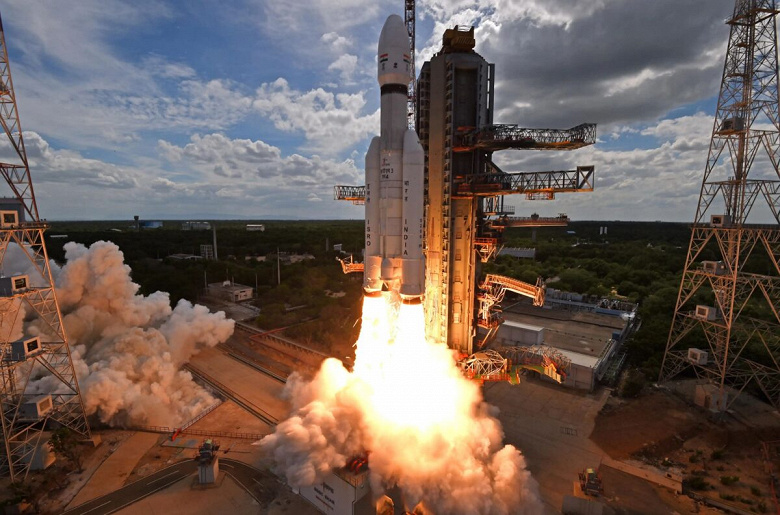India plans to build a space station by 2035
India plans to send astronauts to the moon by 2040 and build a space station in the middle of the next decade. The announcement came after a meeting chaired by Indian Prime Minister Narendra Modi to assess the progress of the Gaganyaan mission to send humans into space.
“The Prime Minister indicated that India should strive for new and ambitious goals, including the establishment of the Indian space station Bharatiya Antariksha Station by 2035 and sending the first Indian to the Moon by 2040,” the government statement said.
India plans the first manned flight in 2025.

Meanwhile, NASA plans to send a manned mission to the Moon’s South Pole in December 2025 as part of the Artemis program. China has also announced a goal of sending two taikonauts to the moon by 2030.
The Indian Space Research Organization (ISRO) is preparing for the unmanned test flight of Flight Test Vehicle Abort Mission-1 (TV-D1) from the Satish Dhawan Launch Center on October 21.
The mission will be conducted to test the crew rescue system. It will be launched to test the separation of the crew capsule from the test apparatus. The capsule with the crew will be lowered by parachute to the sea about 10 kilometers off the coast of Sriharikot.
The announcement of lunar plans follows India’s successes with the landing of the robotic mission Chandrayaan-3 on the Moon and the launch of the Aditya L1 solar observatory. The statement also outlines India’s plans for space exploration beyond the Moon.
ISRO will develop an action plan for lunar exploration. This plan will include a series of Chandrayaan missions, the development of the Next Generation Launch Vehicle (NGLV), the construction of a new launch complex, and establishment of laboratories.
The Prime Minister also called for work on interplanetary missions, including a Venus orbiter and a Mars lander.
India sent its first interplanetary mission, the Mission to Mars (MOM), in 2013. It entered Mars orbit in September 2014 and operated for almost eight years. This year, India also introduced reforms aimed at increasing private companies in the space sector and attracting global capital.




